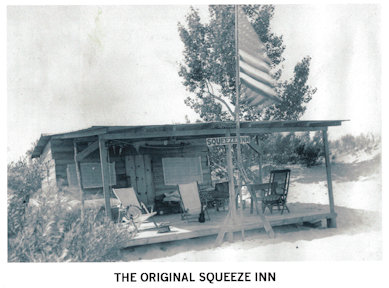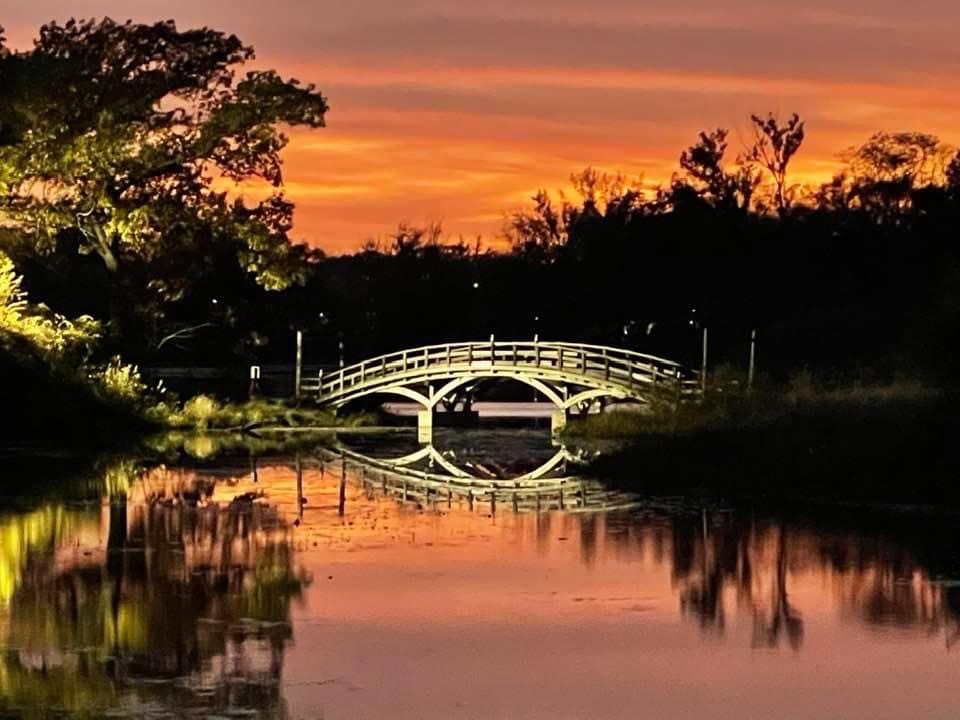Miller Beach History
Table of Contents
Primary Pages

Hover over or touch small image for a brief description.
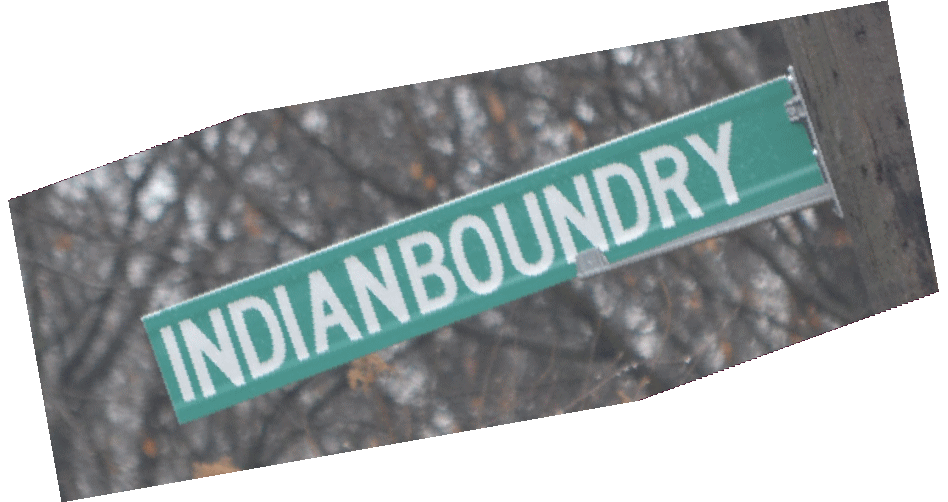 Indian Boundary or Indiana Boundary?
Indian Boundary or Indiana Boundary?A somewhat unique street name in Miller, but how did it get its name, and what is the Indian Boundary anyway?
OR Indiana Boundary?
New: February, 2023
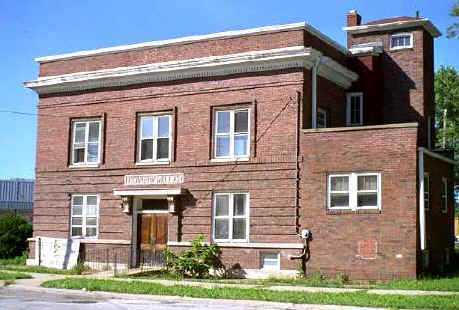 Miller Town Hall & Drainage of Long Lake
Miller Town Hall & Drainage of Long Lake
Miller in 1910-1911
A history of the Town Hall and also the drainage of Long Lake in 1910-1911. Those two years saw exciting changes in Miller, including electrificaction, a sewer, and reclamation of land submerged under Long Lake.
New: September, 2022
.jpg) WJKS in Miller
WJKS in Miller
The Region's first Radio Station
Miller Beach, Indiana was the site of Northwest Indiana’s first radio station to broadcast continually. Licensed to WJKS it became WIND five years after its initial broadcast from Miller in 1927.
New: July, 2022
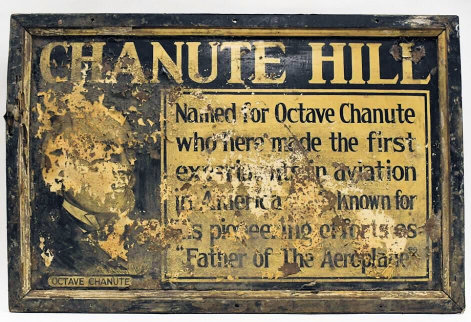 Chanute Hill
Chanute Hill
Where Octave Chanute actually performed his experiments in Miller in 1896.
New: February, 2022
A Chanute Page
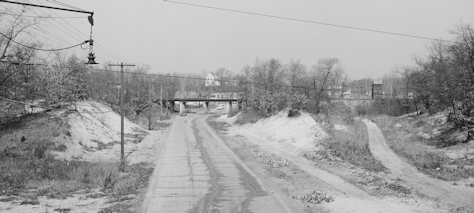 1938 Miller Beach Road Show
1938 Miller Beach Road ShowIn 1938 Hammond photographer O.W. Bodie took his camera down Lake Street and Oak Avenue. As well, he photographed the work being done to cut Forest Ave. into the dunes. There are three slide shows of these 52 photographs.
March, 2020
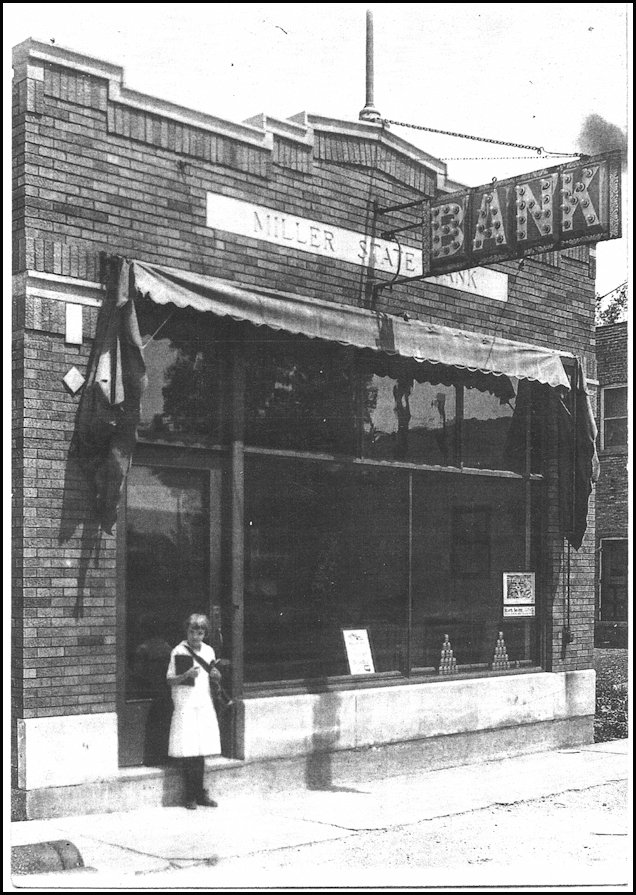 The Miller State Bank, Jack Spratt and Fulton Road.
The Miller State Bank, Jack Spratt and Fulton Road.
In 1924 Miller Beach got its first bank. After it folded in 1930 the space eventually became the location of the popular ice cream shop Jack Spratt. The bank ties closely to the man who saw the building of County Line Road and Oak Avenue: William J. Fulton.
February, 2020
 Miller Historic Maps
Miller Historic Maps
Over two dozen maps of Northwest Indiana and Miller spanning 16 decades from 1797 to 1958.
November, 1919
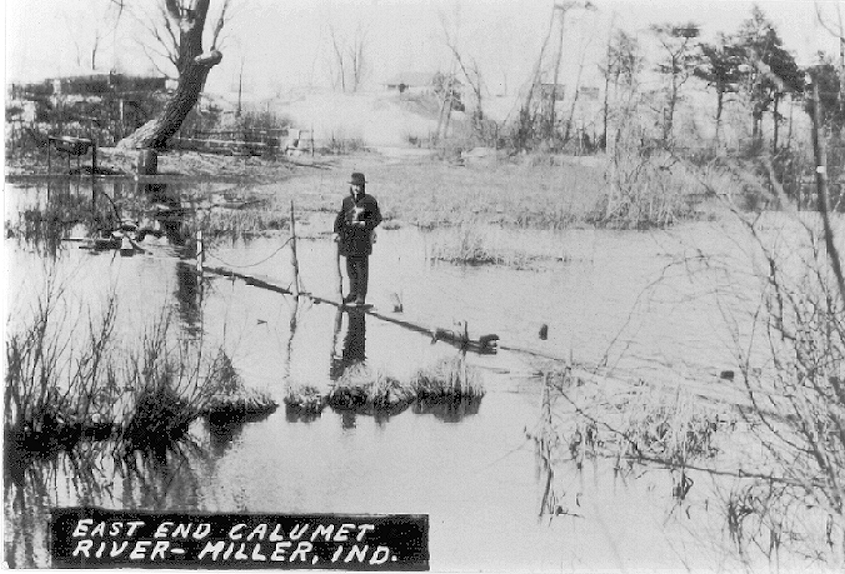 Native Americans & the Potawatomi in Miller.
Native Americans & the Potawatomi in Miller.
Miller in the 1830s and four Potawatomi who were granted land patents in Miller.
Major rewrite October, 2022.
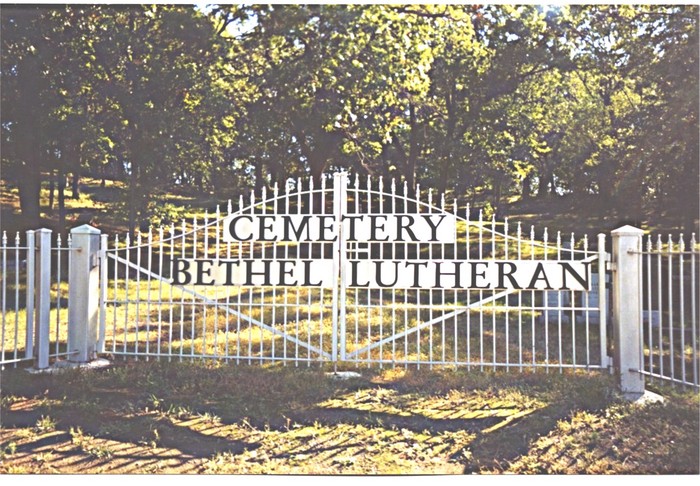 Bethel Lutheran/Miller Cemetery
Bethel Lutheran/Miller Cemetery
Tucked between U.S. 12 and U.S.20 not far east of Lake Street is one of Miller's little secrets, one of the oldest cemeteries in Lake County. Buried there is not only the 3-year old son of Miller's namesake, but also a few of Miller's early prominent residents like Dursilla Carr and William Westergren. It is also the final resting place of many heretofore unnamed victims of explosions at the Aetna Powder Plant buried in unmarked graves
Updated April, 2020
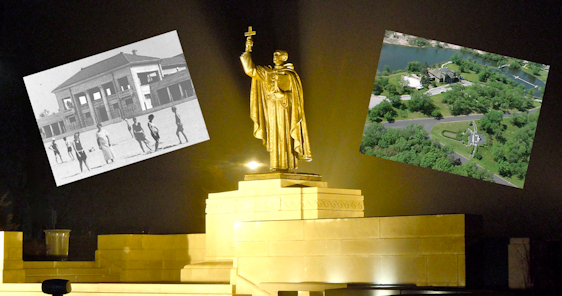 Annexation and Marquette Park
Annexation and Marquette Park
The history of Marquette park is entwined with the history of the annexation of Miller. It is difficult to separate them; ultimately the securing of a park on the lake front depended on the annexation of the town. This is that story as told through newspapers of the day, the Hammond Times and the Gary Daily Tribune.
March, 2019
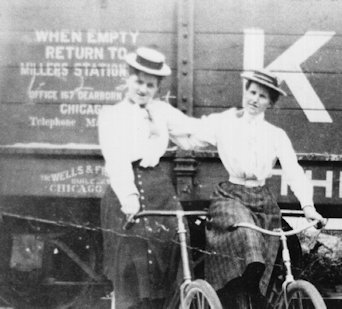 How Miller Got Its Name
How Miller Got Its Name
The sign on the Post Office on Hancock Street says "Miller Station." There have several explanations as to how Miller got its name, the most popular having to do with the oldest headstone or marker in Bethel Lutheran Cemetery. This page explores those names, including when it was once renamed "Vanderbilt" and why.
Updated
about 2018
 Trains In Miller Beach.
Trains In Miller Beach.
The trains in Miller Beach have long been a source of irritation, noise, dirt, and death to Miller residents but Miller is a town that owes its existence to the Lake Shore and Michigan Southern Railroad building its tracks through the area in 1852. Over the years tracks were moved, lines introduced and then abandoned. This page highlights those railways specific to Miller Beach including the B&O, the Wabash RR, the Gary Street Railway, The Harbor Belt RR, and the South Shore Interurban.
Re-created April, 2019
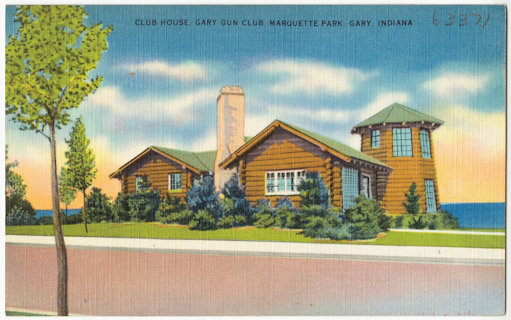 Early Gun Clubs of NWI & Miller Beach
Early Gun Clubs of NWI & Miller Beach
Hunting was a source of food for Native Americans, and also for many of the new settlers who began filtering into the wetlands of northwest Indiana during the nineteenth century. Hunting for food was replaced by "sportsmen" as the game disappeared and populations increased; trap, or skeet, shooting became the primary occupation of the later gun clubs. This page explores four of the clubs that were in Miller and Gary, Miller Gun Club, Calumet Gun Club, Gary Gun Club, and the infamous Tolleston Gun Club.
December, 2018
Gay Mill Gardens, WJKS & Frances Kennedy
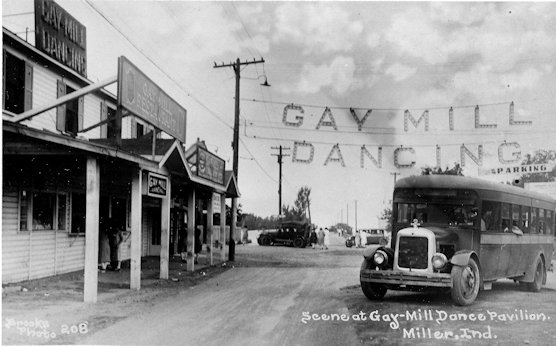 Gay Mill Gardens
Gay Mill Gardens
Dancing. Dance orchestras. The "Miss Indiana" pageant. The region's first radio station. These were brought to the people of Miller Beach in the 1920s at Gay Mill Gardens by Chicago attorney Thomas J. Johnson and his wife, “The Merriest Comedienne,” Frances Kennedy. For a decade it was the place to be by day or night all year long.
January, 2019
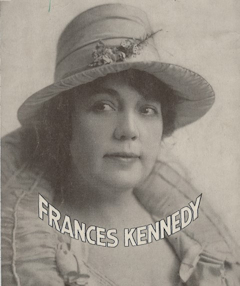 "The Voice of the Steel City" - The Story of Miss Frances Kennedy
"The Voice of the Steel City" - The Story of Miss Frances Kennedy
When Frances Kennedy and her husband brought Gay Mill to Miller Beach she was a veteran of almost two decades of musical comedy and vaudeville, and she wasn’t done. She loved entertaining people from the stage as much as she loved her family. She hasn’t been written about in books, she was one of some 12,000 vaudevillians on stage in 1920. For 30 years from musical comedy to vaudeville she was widely known among those who loved the popular theater. This is a glimpse into her career in those musicals and vaudeville.
January, 2019
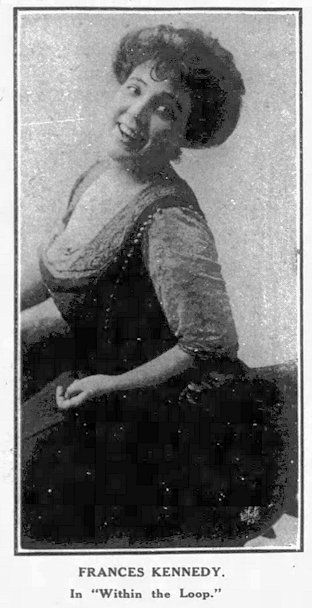 "Sing, Sing, You Tetrazzini, Sing"
"Sing, Sing, You Tetrazzini, Sing"
Only peripherally Miller history, but I fell down a rabbit hole. While doing the web page on Frances Kennedy’s career on stage I got curious about the musical comedies she had a role in, whether as a principal or in the chorus. She became well-known in Chicago theaters, toured extensively between 1904 and 1916 when she went on alone as a vaudevillian. This page is a slice of musical theater.
January-February, 2019
.jpg) WJKS in Miller
WJKS in Miller
The Region's first Radio Station
Miller Beach, Indiana was the site of Northwest Indiana’s first radio station to broadcast continually. Licensed to WJKS it became WIND five years after its initial broadcast from Miller in 1927.
New: July, 2022
Aetna, 1881 - 1919, Dynamite and Explosions
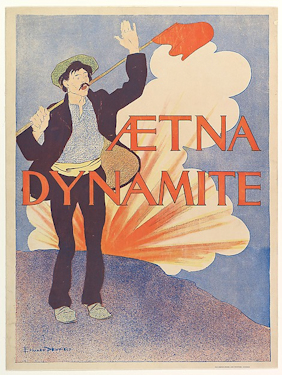 The Aetna Story
The Aetna Story
Aetna, the neighborhood of Gary that sits just south of U.S. 20 as one heads east from Interstate 65 has a history that not many know about, a history that preceded it's being annexed by the City of Gary in 1927.
It was for almost four decades approximately 400 acres of nitroglycerin mixing sheds, factory buildings, dormitories, and office headquarters of the Aetna Powder Company making dynamite, smokeless powder, and gun cotton.
November, 2018
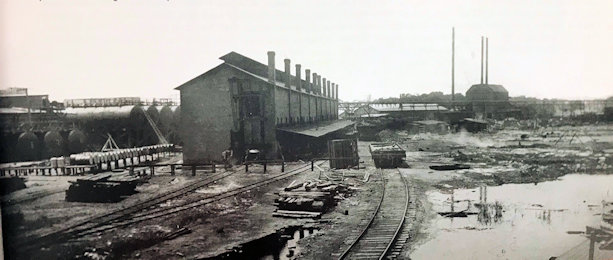 Aetna: Photos and Maps
Aetna: Photos and Maps
A number of maps and photos of the Aetna Powder plant and the Wabash RR that served Aetna beginning in 1897.
November, 2018
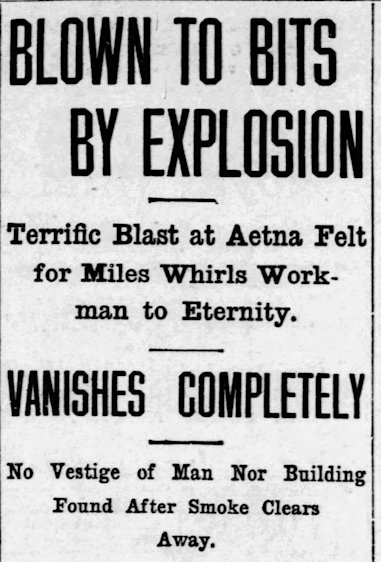 12 Deadly Explosions
12 Deadly Explosions
The explosions at the Aetna powder plant are legendary, and obscure. Most people have only known that there were explosions, but this page details those with newspaper articles and memorials to the twenty-eight men who were killed by them. About half of those who died are buried in Miller Cemetery but only one grave is marked there.
November, 2018
The Octave Chanute Pages:
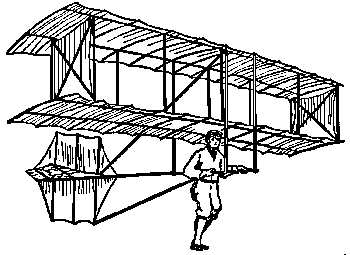
These pages contain a comprehensive description of Octave Chanute's experiments along the south end of Lake Michigan between 1896 and 1898. The essay "Wings Off the Dunes" provides the story. There are writings and images of the flights in Chanute's own words in his Diary and in an address he gave in October of 1897. There is a general overview of the gliders used in the experiments and special pages on the individual gliders which attracted the attention of the press. There is an extensive reproduction of those newspaper articles. Also on these pages is an extended bibliography on Chanute, maps, a page on replicas that have been build and are on display as well as a page for those who might want to build their own replica glider. Pages created about 1998. Updated Replicas page May, 2020.| |Go to the main page.
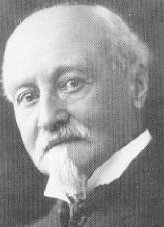
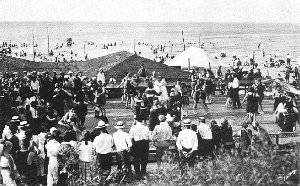 The Carr Family
The Carr Family
"During the nineteenth century a few squatters began building shacks along the south shore of Lake Michigan. In the mid-1870's, when Robert and Drusilla Carr moved into a two room pine cabin near the beach-front area, which later became known as Carr's Beach, their only neighbors were a boat builder named Allen Dutcher, a hunter-trapper named Jacques Beaubien, and a former slave named Davy Crockett. The area remained virtually unchanged until the early twentieth century." (James Lane and Ronald Cohen, "Gary, Indiana: A Pictorial History")
Late 1990s
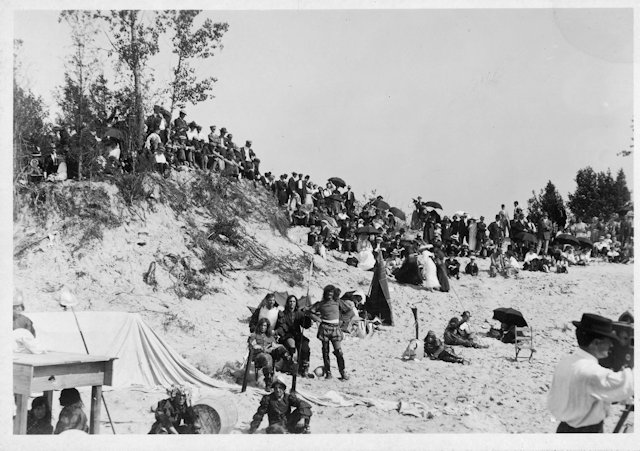 Movies on the Dunes
Movies on the Dunes
I've always heard rumors that early silent movies were made on the beach, it turns out that the rumors were true. At least three movies were made, or scenes shot on the beach, two in Miller and one at Dune Park, just 5 miles east where Octave Chanute had done experiments in 1896 and 1897.
There are some fabulous pictures on this page, don't pass it up.
About 2015
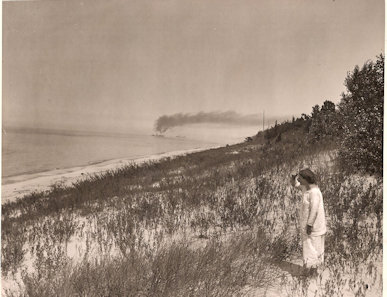 Diana of the Dunes
Diana of the Dunes
Much has been written and known about Diana of the Dunes. I did this web page way back when the web was young, but since then a definitive book has been written for which there are links on the page now, as well as a link to her Facebook page. If you don't know much about her, follow the links on this page.
Late 1990s
 Rex Wood
Rex Wood
For almost two decades this Miller resident was the world-wide guru among checkers players. He published a monthly magazine advertising and describing contests and solutions to a game which is just as complicated as chess.
Rex Wood
September, 2018
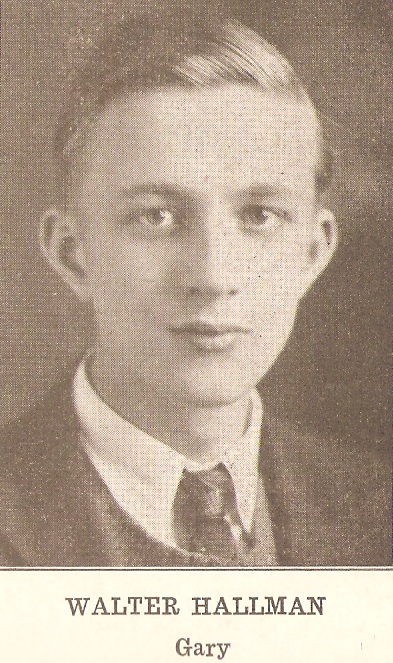 Walter Hellman - Checkers Champ
Walter Hellman - Checkers Champ
Emerson high school graduate and steel mill worker is considered, even today, among the greatest checkers players of all time. He won American tournaments in the 1960s and 70s in a game which some consider more profound than chess. He was a protégé of Rex Wood and worked with him editing Wood's Checker Player magazine.
An Emersonian
September, 2018
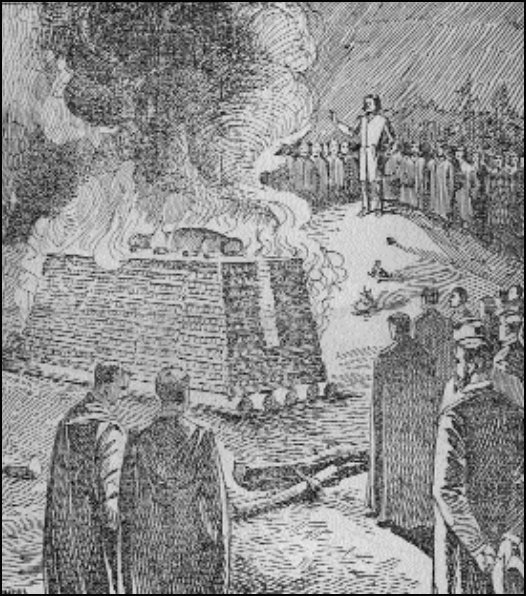 Party On & the Bizarre
Party On & the Bizarre
Perhaps one of the most bizarre incidents on the beach occurred in on July 17th, 1892 when eight men spent the day building a funeral pyre 18 feet long, 8 feet wide, and 20 feet high and then the body of Morris Allen Collins was cremated on it at 10:50 that night by members of The Whitechapel Club.
Updated
February, 2019
These are the primary pages. Not a site map as there are many more related to these pages.
A Short History of Miller Beach:
Miller, annexed by Gary, Indiana by common council ordinance on February 17, 1919, signed into law by the mayor on the 20th. Miller is older than Gary, which was founded in 1906. Situated at the south end of Lake Michigan, the land is former lake bottom with sandy soil and an abundance of wetlands. Teeming with fish, wildlife and berries, it was a popular hunting and food gathering area for the Indians.
Miller's history began in 1851 when a train stop, eventually called "Miller's Station", was constructed by a predecessor of Lake Shore and Michigan Southern Railroad. It has been long held that Miller got its name from someone named Miller, since the oldest stone in the cemetery is that of John S. Miller, age 3 and is dated 1851. More about that on the How Miller Got its Name page. The railroad timetables identify the stop as "Millers" but the U.S. Postal Service named the post office "Miller's Station" in 1865 when the station was established.
For many years Miller remained an unpopulated, out of the way railroad junction surrounded by swampy terrain hardly suited for farming. The first inhabitants were often fishermen, squatters along the beach who made their living fishing and selling berries that grew wild in the dunes. The Carr family was prominent among these people for many years, not only claiming ownership of a lot of the beach until 1930, but developing early tourism in the area. Swedish immigrants, many fleeing Chicago after The Great Fire, moved to the area in the early 1870's. They founded a church, eventually building a frame church in 1894 that still stands today on Lake Street.
The most important experiments in aeronautics prior to the Wright brothers' invention of the airplane were conducted on the beaches of Miller and just to the east of Miller. Octave Chanute, the elder statesman of aeronautics at the time, performed glider experiments on the beach which developed the basic bi-plane design which was adopted by the Wright brothers.
In the early 1900's the desolate dunes and broad beaches along Lake Michigan were a primary attraction to many. Our most famous 'hermit' - "Diana of the Dunes" - was actually a well-educated, if somewhat romantic, University of Chicago graduate who rebelled against the competitive, materialistic world of bustling Chicago and in 1915 fled to the dunes with nothing but a knife, spoon, blanket, jelly glass and two guns, becoming a local legend.
Miller's unique terrain and proximity to Chicago continued to be a draw for people
wanting to get away from the city and enjoy lake breezes. In the 1920's the Marquette
Park Pavilion and the Bathhouse were built. Small cabins began to appear in the
dunes east of the Park. After World War II many year-round homes were built and
today the attraction continues as many choose Miller as their primary residence
or as a location for a summer home.
Much more history of Gary can be found in James Lane's City of the Century" A History of Gary, Indiana
as well as on these pages.
His book is available new or used
at Amazon.com
Of special note is the marvelous Miller Beach book done by Linda Simon and Jane Ammeson.

See the Books page for more information.
It too can be purchased at Amazon.com
Historic Landmarks Foundation of Indiana now has a Miller office at 541 S. Lake Street. 219-947-2657
The Calumet Archives and the IU Digital Library have put over 2000 pictures from the US Steel Photo collection online. Spanning the years 1906 to 1971 it includes pictures of very early Marquette Park and many other pictures of interest. Check it out at the US Steel Image Collection

For a number of years IUN History professor Jim Lane has been collecting oral histories of 'da region' which he publishes, along with his reflections and wanderings, in "Steel Shavings." This is an amazing collection of historical and current information which, by March of 2015, has reached 41 volumes. Contact the Calumet Archives (219-980-6628) to examine older issues or order recent ones. Jim also is an avid blogger about life in Northwest Indiana and the people who live here: northwestindianahistorianjamesblane.blogspot.com/
Make sure you check out the Miller Historical Society's website.
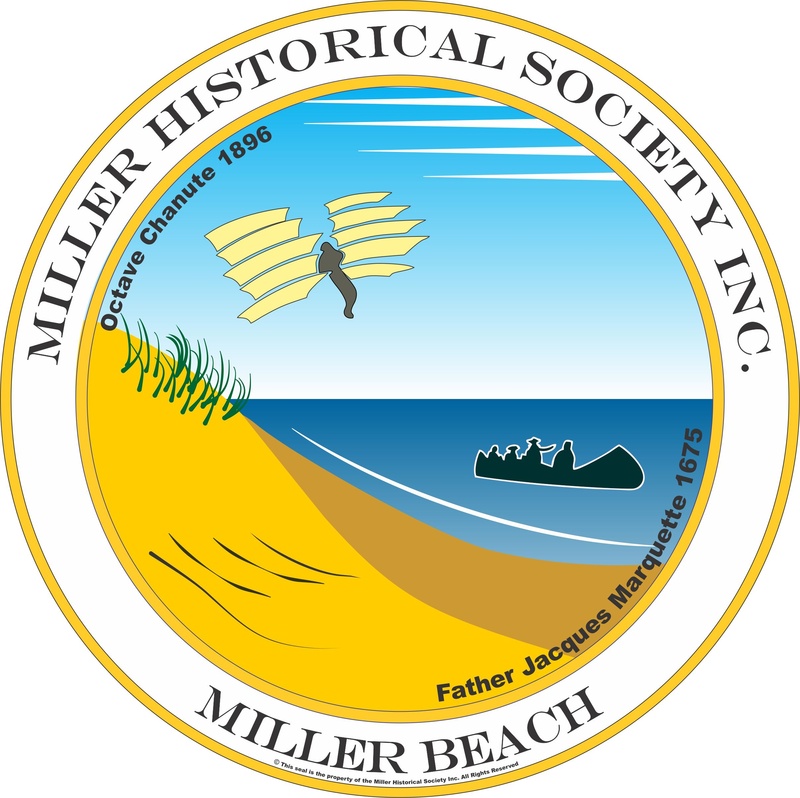
Or the Historical Society's Facebook Page.
Page re-created April, 2020, Updated October, 2022; created ages ago.
© Text copyright: Steve Spicer
Feel free contact me about this page.

